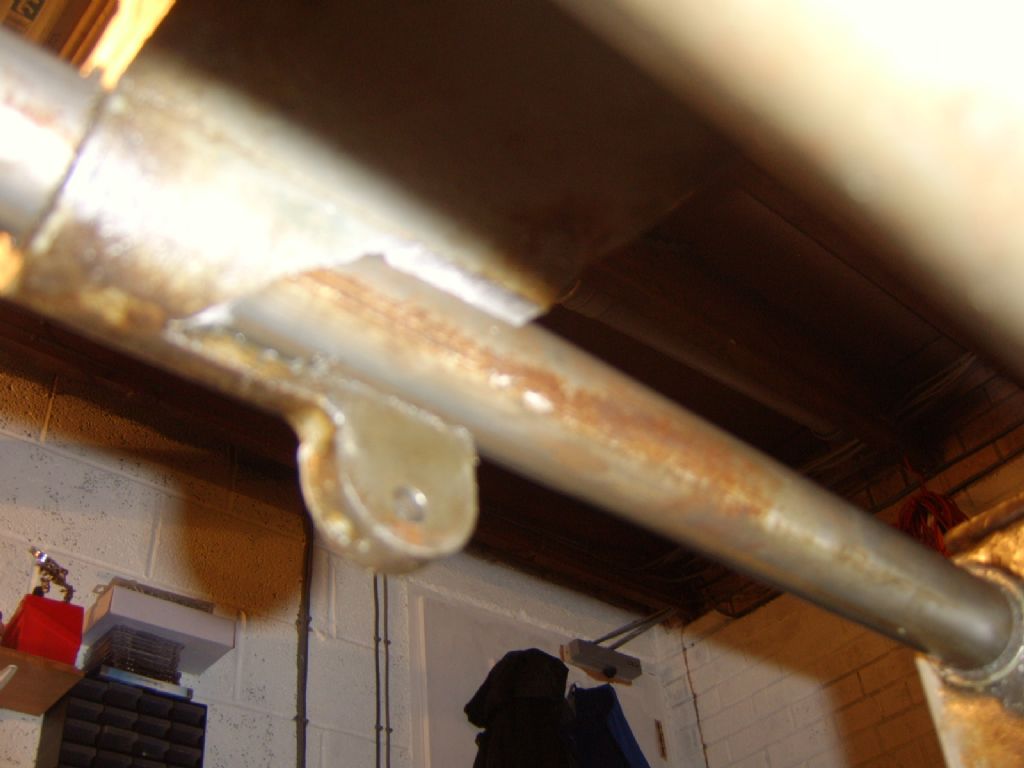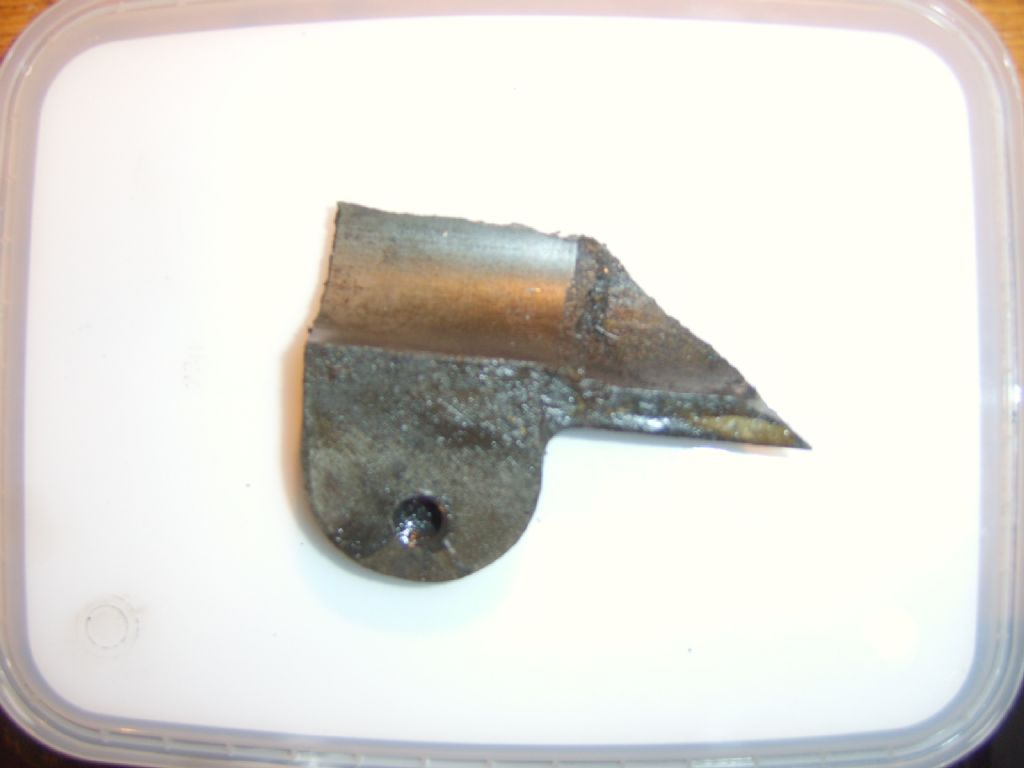Have broken a cast bit of my lathe – any hope of a repair?
Have broken a cast bit of my lathe – any hope of a repair?
- This topic has 40 replies, 12 voices, and was last updated 14 February 2011 at 21:50 by
John Coates.
- Please log in to reply to this topic. Registering is free and easy using the links on the menu at the top of this page.
Latest Replies
Viewing 25 topics - 1 through 25 (of 25 total)
-
- Topic
- Voices
- Last Post
Viewing 25 topics - 1 through 25 (of 25 total)
Latest Issue
Newsletter Sign-up
Latest Replies
- Square end on round stock – Milling?
- I’m Under Pressure
- File backup to external hard drive, incremental etc?
- Boiler Design – issue 4765
- Transwave converter – plugged in motor, tripped RCD
- Sat nag
- motor and switch wiring Myford ML7
- Taylor Hobson cutter grinder modificaton
- Easiest/cheapest source of R8 socket
- Twin Engineering’s heavy mill/drill quill removal









